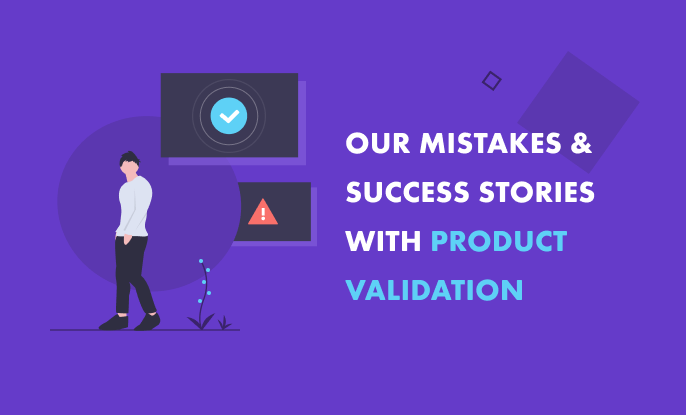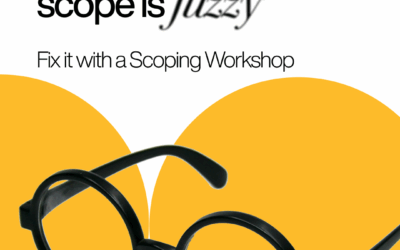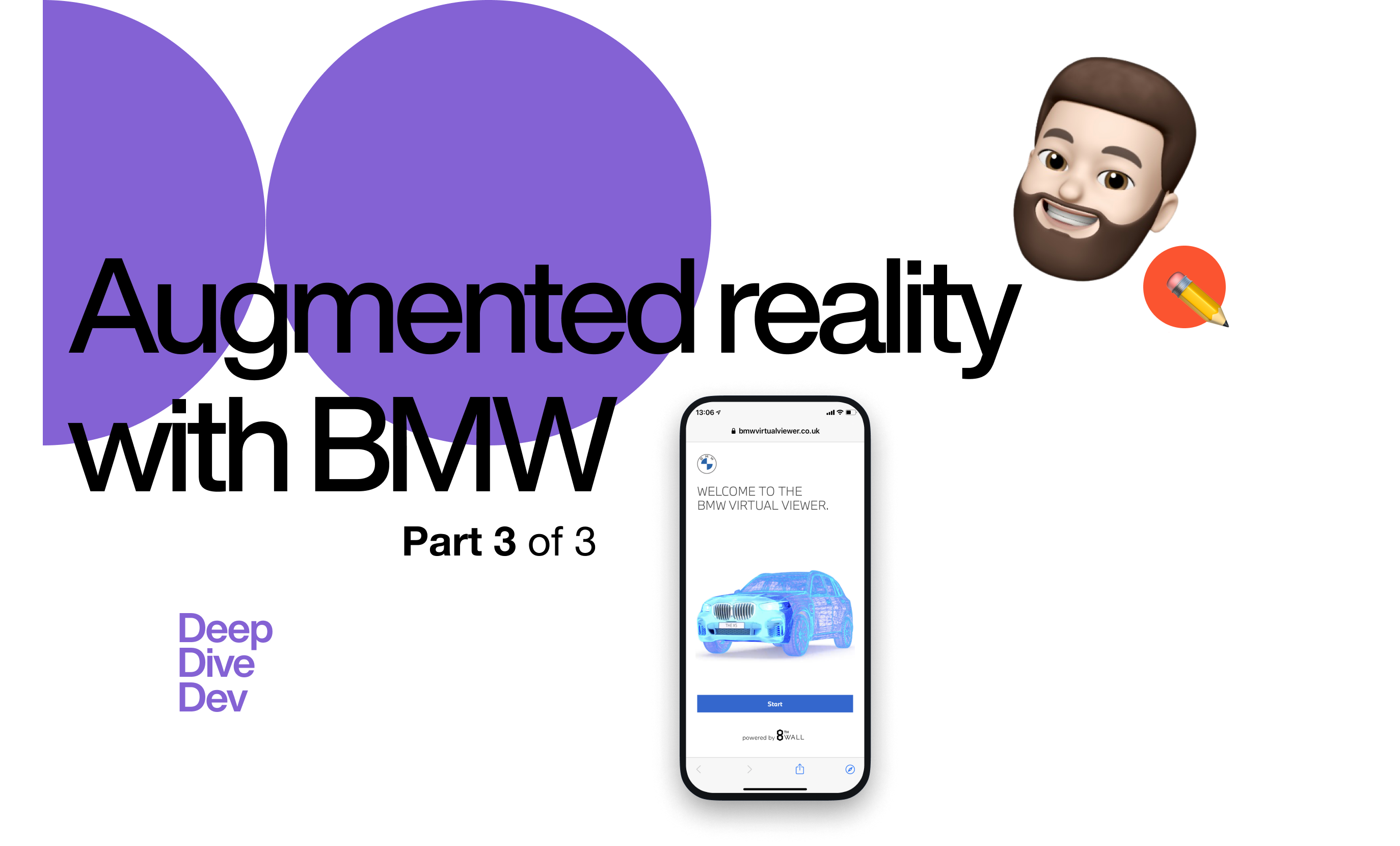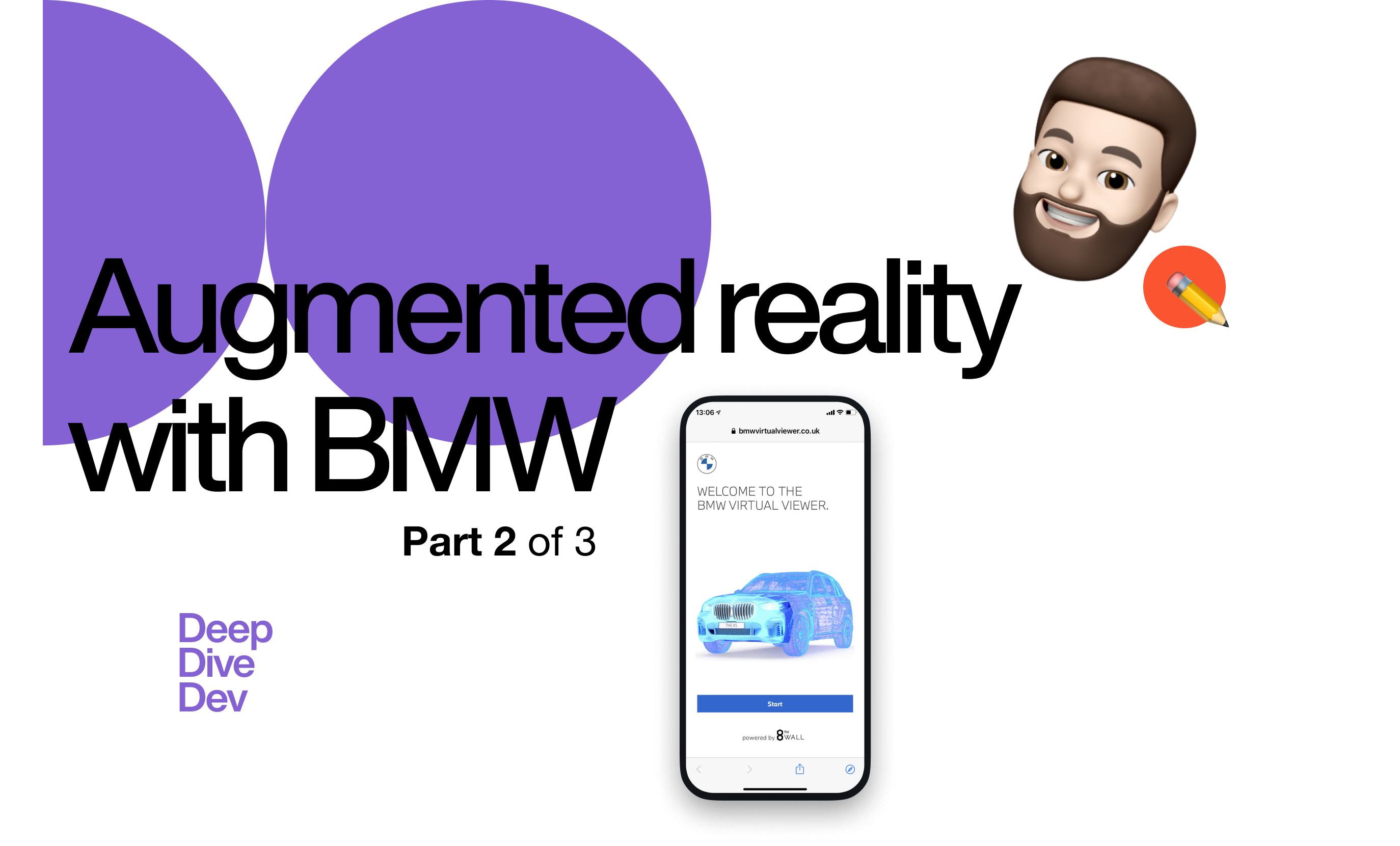You can waste a lot of time and money on an idea based on an untested hypothesis. If you’re planning a move into product development, it is essential to validate your business idea before starting down that road. It’s not just about establishing best practices and doing tangible research, but about timing.
Over the last 12 years, I’ve learned how validating an idea at the right time can ease and considerably improve the production process, making it more efficient and providing a better base from which to work. Not to mention that working with a business idea you’ve validated from day one, better prepare you to answer business questions as they emerge.
What you gain by validating product ideas
Here’s one example of how validation has helped achieve valuable and practical results.
In one instance, a client arrived with a complex idea that included some complicated technology. As often happens, the client did not have a clear target group in mind, but a list of infinity features they wanted to build. After several discussions, we identified three different use cases relevant to the idea, and selected one for further investigation.
Through a process of idea validation, we helped the client discover possible early adopters for their product, and to better understand the characteristics of their potential userbase. Then we researched the competition to map the market’s needs.
From our research, it was clear that the market the client wanted to target was full of similar applications. However, we also discovered a strong demand in the Hungarian market for just such a solution.
As a result, we turned what had been a complex product idea with no target audience into a simple platform that met a clear need for users. Sure, we could have built a more complicated application for a lot of money, but in the end, neither we nor the client would have been satisfied.
We can be here because we learned a lot from our own mistakes in the past. Here are a few stories where things did not go as well.
How we lost precious time by not validating
We have firsthand experience with the issues that can arise from not vetting a client’s idea.
During one project in particular, we left out the validation phase completely due to budget restrictions. By the time prototyping started, we hadn’t fully familiarized ourselves with market patterns, the competition, or a comparable business model. As a result, we failed to include some vitally important features.
This extended the prototyping phase, caused user dissatisfaction and put the whole project on hold while we stopped and revised our business model. That meant losing two months of hard work, something that could have been avoided with the addition of a month long validation phase prior to development.
The lesson learned: never cut research in favor of having more development time or a larger budget. More often than not, you’ll end up doubling your work.
Mistakes you can easily avoid
1. Validating without expert support
When a budget is tight, it can be tempting to perform market and user research yourself. This, of course, is technically always an option. It can may seem natural to conduct your own research in order to save energy and resources for development tasks. And maybe, up to a certain point, you can.
But you should keep in mind that product validation is a complex area that requires expertise, rutine and a range of skill sets: research ability, a tendency toward analytical thinking, empathy, active listening, and strong copywriting, just to name a few. However, none of these are more important than total objectivity. Let’s be honest, when it comes to our own work and ideas, it’s hard to remain objective. It’s always a good idea to include experts, who can guide you through the process from an impartial remove. If you can’t afford a whole team, at the very least you’ll need an advisor, someone to help you when you’re stuck or when the results you’re getting are not what you expected.
2. Building a product blindly based on assumptions
I firmly believe that going into product development blind will always lead to trouble down the road.
Here’s an example of what I’m talking about. On one occasion we had a client that arrived with an idea which completely blew us away. As a result, we rushed into prototyping, without doing any kind of market validation or any analysis of the competition. We focused on one thing and one thing alone: finishing as soon as possible.
We skipped important steps:
- we didn’t validate our market or check out our competitors, and
- we didn’t talk to any potential customers in the Hungarian market.
You may be asking yourself, how could we even begin prototyping?
Well, we had a client who pitched us a potential customer persona. Since this was more or less his area of expertise, we trusted him and his experience. Later, it turned out that the user persona he’d cobbled together relied completely on his own assumptions, and not on the behavior of a real audience.
As a result, when it came time to test the prototype with real users, we met with several obstacles:
- Our starting point was heavily influenced by our client’s emotions
- The feature set we created did not correspond to the market’s needs. This could have been easily avoided with only a basic analysis of the competition, and would have led to us including some absolutely critical features.
- The business model was unsustainable. However, since we already had a lot of users, changing the model would have been almost impossible.
We invested a lot of unnecessary time and money in this prototype. So then, what would have been the benefits of doing a validation round before prototyping?
- If we had conducted a simple competitor analysis, we would have had a comprehensive working knowledge of the market’s character, including its quirks. That would have helped us define the features and USP’s we needed to stand out from the crowd, without making any drastic changes.
- If we had conducted a few user interviews, we would have learned more about the users’ needs and problems, and probably developed a clearer picture of working business models, making the eventual monetization of the product that much more simple.
Takeaways
By now I’m sure you’ve figured out that I’m a huge advocate for product validation. And why wouldn’t I be? It saves valuable resources (time & money) and can provide you with reasonable certainty that your business will find a growing, sustainable and, most of all, paying audience. Even a small, research can go a long way and worths the energy you put into it. However, in this case, it’s even more important to use the right tools and methods.
I’ve worked on projects that began with validation and also projects that didn’t. I’m not saying that every project that gets validated is successful, no. But, on those projects that were, the goals were clearer, time was better utilized and resources more cleverly spent.
Last but not least, the cost of validation is only a fraction of the total when developing a product. When done right, and at the correct point in time, it can save double or triple the amount spent on the validation process. All in all, I think that’s a pretty good trade-off.






Have a look at our social media